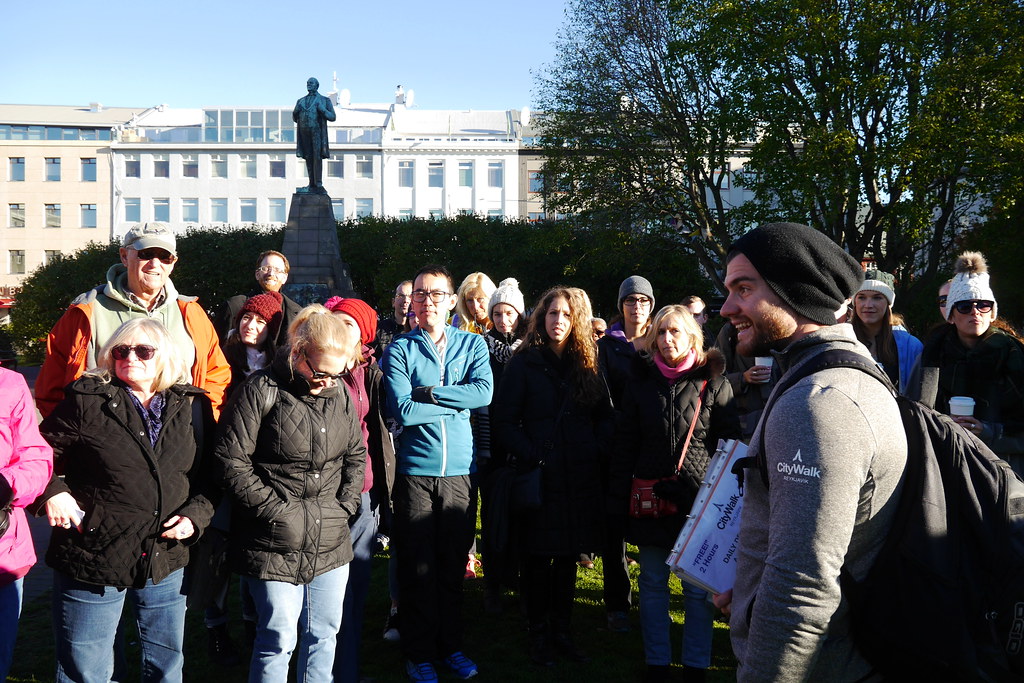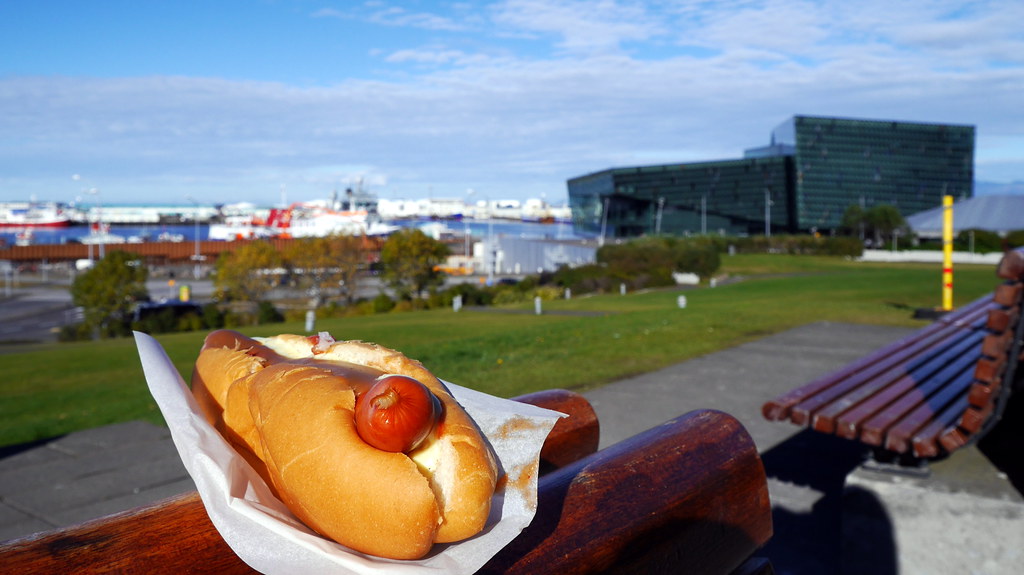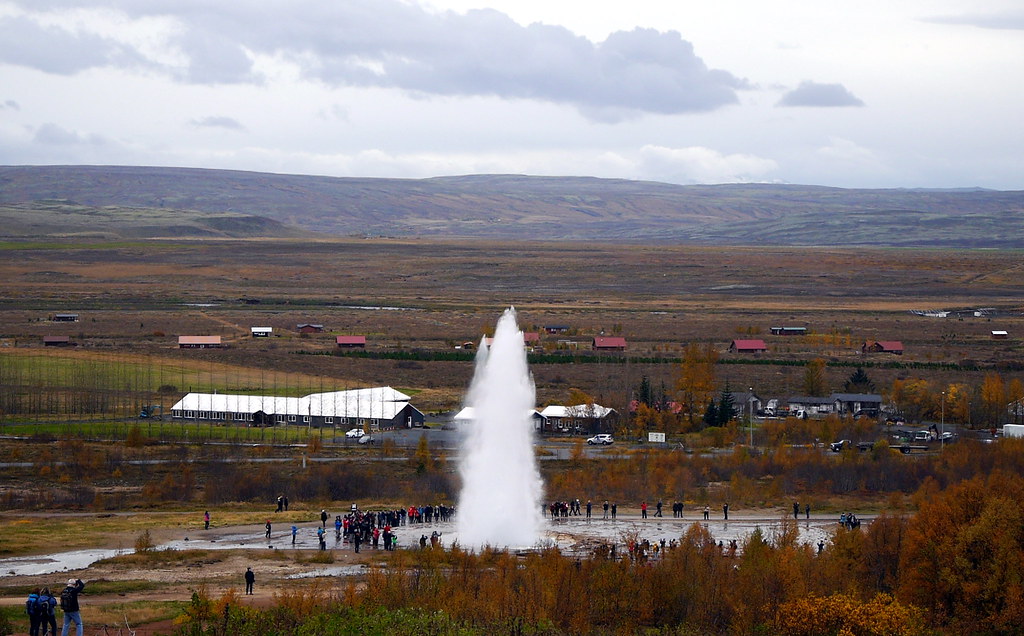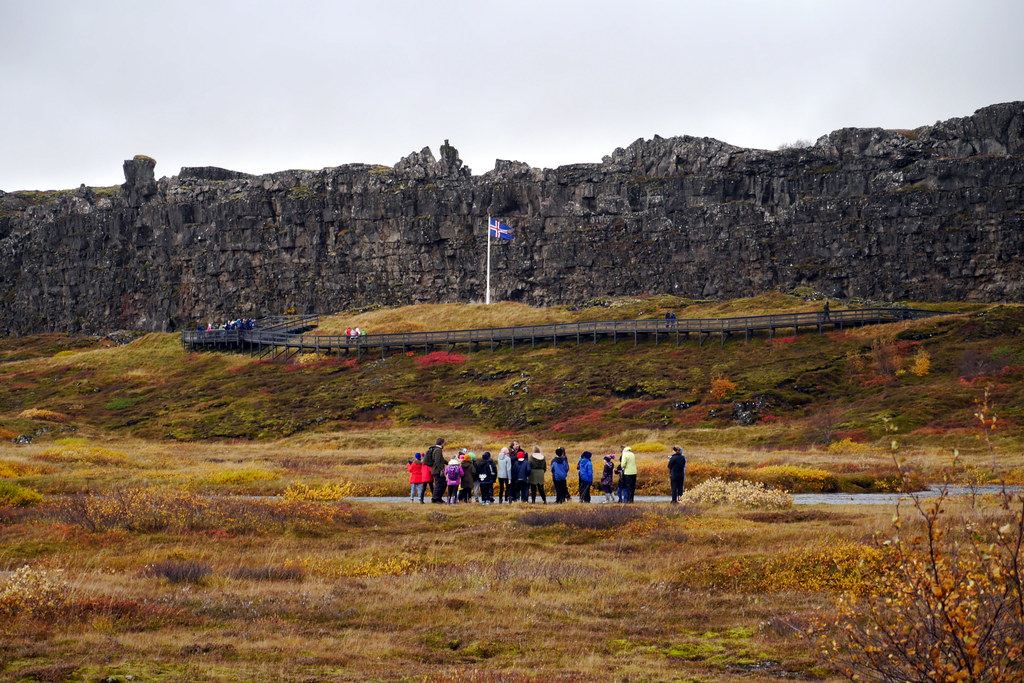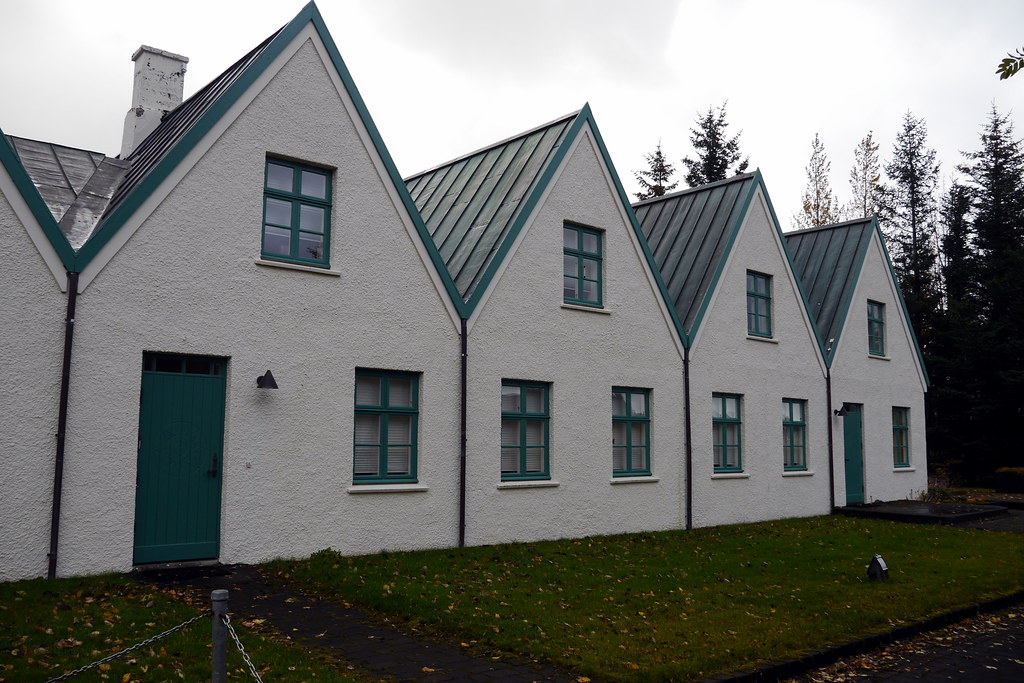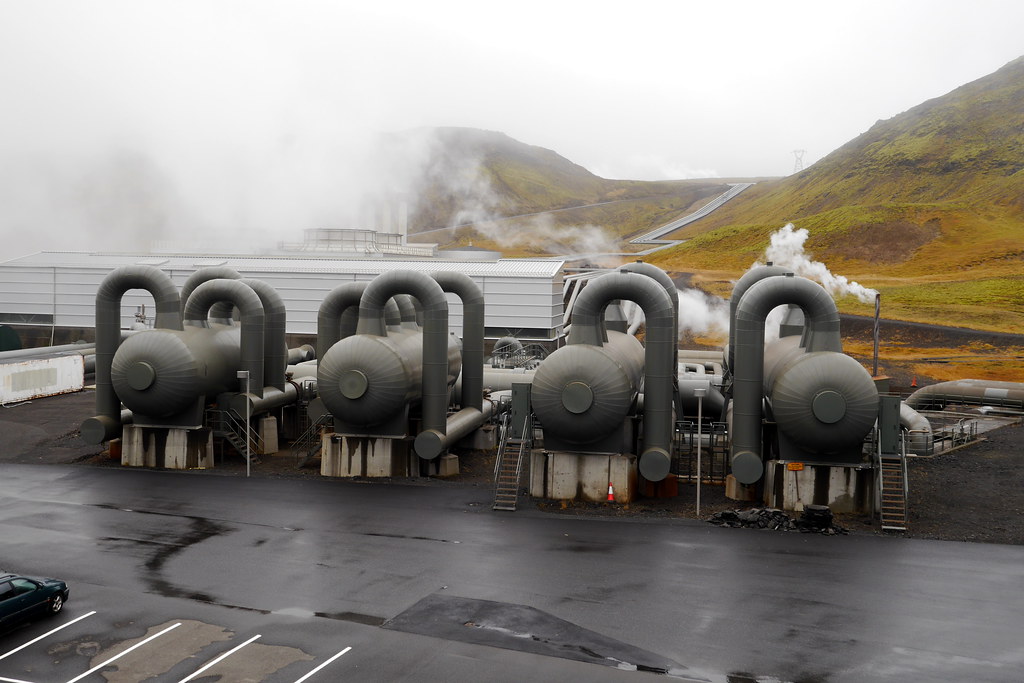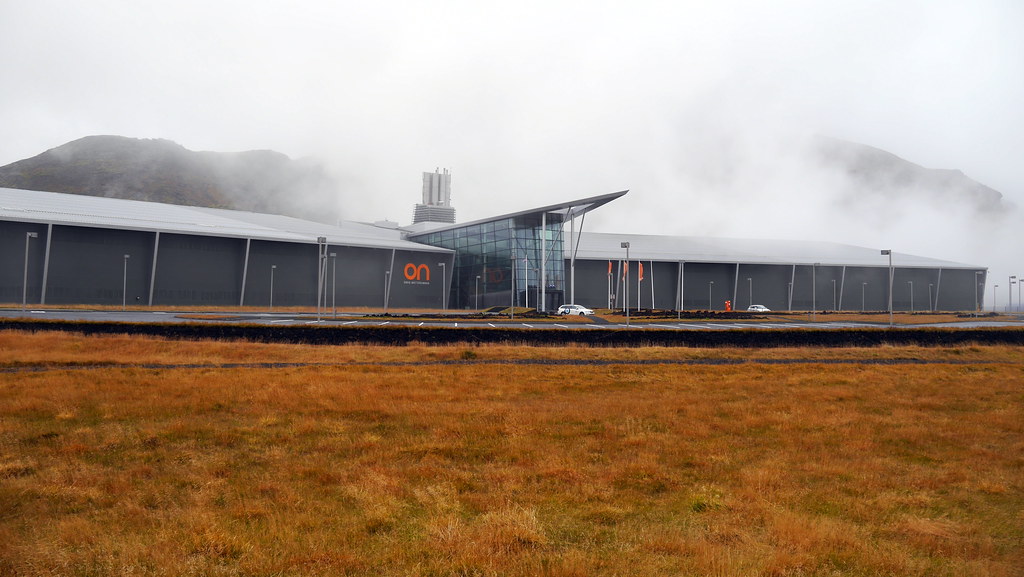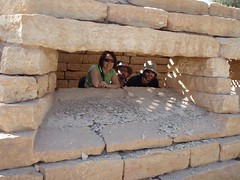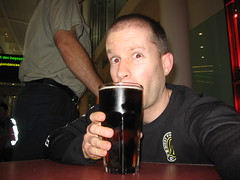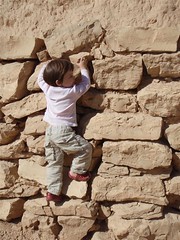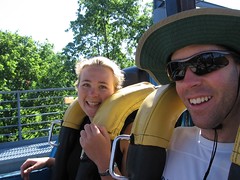
Welcome to the first of four posts related to our adventure trip to Iceland, the land of Fire and Ice! This trip took place back in September of 2016, and for some reason I didn’t get around to writing up this story until now! Deepest apologies. Part one is called ‘Bergrisi’, after the Rock Giant who stands as the protector of Southwestern Iceland. Each instalment will cover one quarter of the island, represented by its protector. The four protectors flank the countries emblem, and are part of the official Coat of Arms for Iceland. By splitting the posts up this way, my account won’t quite be chronological, since I’ll cover the beginning and the end in this post. All in all, we spent a total of 11 days on the island. Not a super-long trip, but definitely enough to see the whole of the country by car.
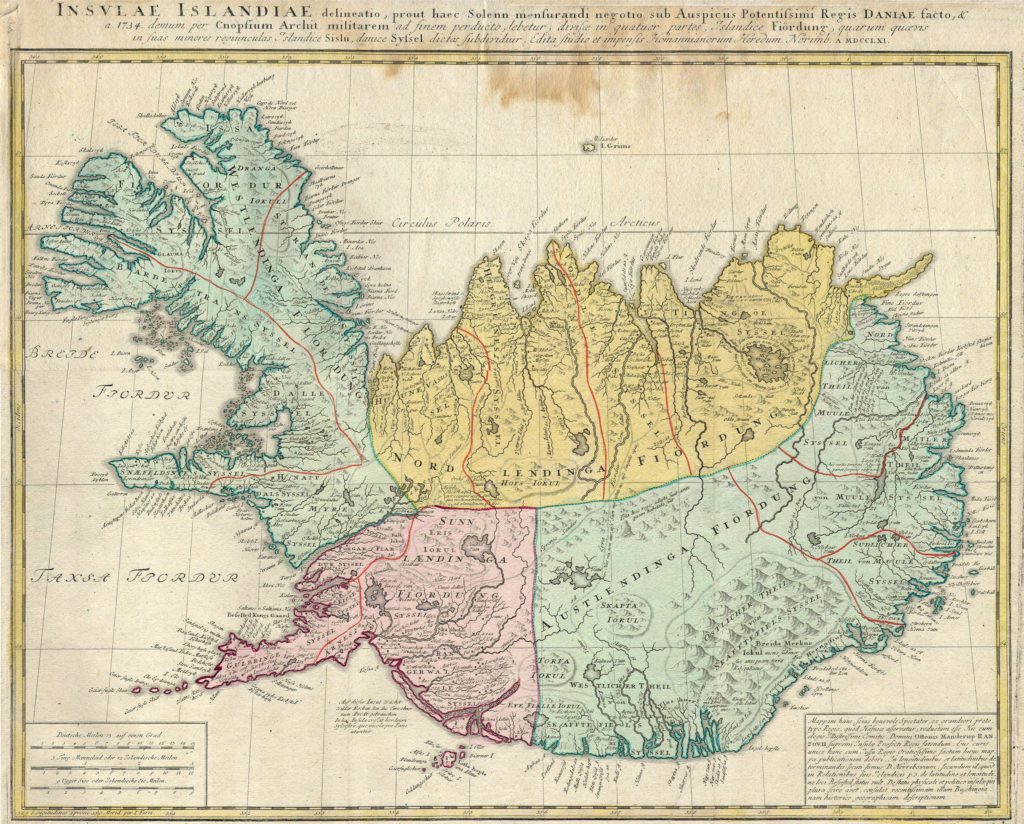
For quite a few years now, Deanna and I have been dreaming about making a trip to the North. While the ultimate goal is a far north trip in Canada, we decided we’d take ‘baby steps’ by at least making a trip to Iceland, and getting as close to the Arctic Circle as we could in that way. In recent years, tourism to Iceland has been booming, and back in 2016, there were a number of carriers offering very attractive airfares to fly from Canada to Iceland. And so it came to pass that we booked a couple seats on WOW Airlines (now bankrupt) and made our way to this magical place chock full of waterfalls, geysers, lava-formed barren landscapes, and some very lovely inhabitants. We debated the best way to see Iceland, and settled on booking a rental car and hostels, and circumnavigating the country via the well-travelled ring road (with modifications). We were travelling in shoulder season, so we didn’t anticipate seeing too many other tourists. For this post, I’ll go over Reykjavík, Laugarvatn (on the ‘golden circle’), and points between located on the Southwest side of Iceland.
Album of Photos from Reykjavík

For many people, they pop over to Iceland, and just stick to this corner of the country, happy to see Reykjavik, drive the Golden Circle, and go to the famous Blue Lagoon. However, we wanted to immerse ourselves in much more and see the ‘real’ Iceland. However, given that the VAST majority of Iceland lives in Reykjavik, we did opt to spend a full combined 2 days there. We arrived very early in the morning after a red-eye flight. We hopped on a tourist bus to take us from airport to downtown, and near our first hostel. To maximize our time, we dropped our bags off, and basically got right to work sight-seeing, in spite of being pretty bagged. Sleep would have to wait. Right away we noted that it was pretty crisp outside. It was late September, and we already had to bundle up to stay warm. Our sunny day was spent touring by foot. With plenty to see and do, and we had no problem filling up our day.
After a little reading, we decided the best way to learn about the city would be to take part in a City Walk tour with a local guide. These ‘free’ (i.e. tip based) guided tours are a great way to see a city and learn a lot more about the history than if you just stumble around blindly. They also give you a great opportunity to meet a local and ask them whatever you’d like about their home. And so it was that we came to learn a lot more about this history of Iceland, its’ people, and the scenes that we were seeing as we strolled along.
Honestly, were it not for the great insider knowledge possessed by our guide, would Deanna and I have known where exactly to get the “World’s Best Hotdog”? Surely not. At this point, it is probably worth pointing out that hot dogs are in fact, a staple in Icelandic culture, can be found anywhere, and are relatively affordable. This is probably a good time to explain that one of the drawbacks of a relatively remote island nation is the price of food. Even on Day 1, we realized that booking hostels would turn out to be a real budget saver. Not just for the lodging, but for the fact that we’d be able to self-cater from grocery stores and prepare our own food. Restaurant meals would have easily put us out $100 each time, even for a pretty basic meal. In the end, I believe we only really ate out twice in the entire trip; on our wedding anniversary, and on our last day in the country!
Besides the great hot dogs, the other highlights from Reykjavik that I think we’d both recommend included the following landmarks. Firstly, there is a ‘Settlement Museum‘ that is located underground, and best described as ” An open excavation where Viking ruins meet digital technology. “. In this museum we learned a lot more about the origins of the ancient viking settlements here, and the culture that existed back then. Another must-see (and really, you can’t miss it) would be the monolithic Hallgrímskirkja, the very famous church (inspired by volcanoes) that dominates many brochures and images of Reykjavik. If / when you do go there, don’t miss the opportunity to go to the top of the tower for birds’ eye views of Reykjavik and the surrounding areas.
Less known, but in my opinion even more interesting artistically and from a photography perspective, is a sculpture garden located steps away from the church.
I would also be remiss if I didn’t note that there is a lively craft beer scene in Iceland as well. In no time I tracked down a number of places I just had to check out. Consistent with the high prices of food though, beers were equally pricey. Paying the equivalent of $13 for a pint of craft beer was not a stretch. However, most of them were very high quality (and often high alcohol content!).
Last but not least, a stroll by the waterfront is surely a must-do, as you’ll see yet more artistic installations, but also get to see the majesty of the concert hall known as the Harpa. Visiting here on a sunny day is an exercise in optical confusion when the light and shadows from the vast glass facades will play tricks on you from the inside. The various odd walkways and stairs only adds to the optical mayhem! Sadly, we didn’t get to see any shows, but I would hazard a bet that the acoustics are magnificent.
Laugarvatn and the Golden Circle
For the other part of this post, we’ll move out of the [relatively] bustling core of Reykjavik and make our way to what is referred to as the Golden Circle. This is essentially where EVERYONE who comes to visit Iceland heads to experience what they think epitomizes the country. Granted, it does have a bit of everything, but to see only this area misses on some other highlights we’ll cover elsewhere. I’ll share two albums here, the first one of covers some terrain from another part of Iceland that we’ll get to in another post (the Dreki Post, if you must know) ;-).
Album of the Road from Vík to Laugarvatn

The first thing you’ll notice after leaving Reykjavik is the terrain of Iceland. It is rugged while still hospitable. I’m sure folks will recognize elements of other part so the world. Places like Newfoundland and other coastal areas spring to mind. However, the big difference in Iceland is that it seems you can’t travel more than about 10 minutes before coming across yet another road sign beckoning you to marvel at another waterfall! The first 50 or so were pretty cool, but if you can believe it, eventually, you do get a bored of them. There are exceptions though, as you’ll see. In some cases, the wow factor is due to the sheer height or size. In other cases, it is the geology surrounding it.
The most famous waterfall in the Golden Circle area is known as Gullfoss, known for it’s 3-step shape, and the fact that it exhibits a 90 degree bend! This waterfall is one of the three main attractions that make up the Golden Circle, and is a stop most people make. For our trip though, the reason we’ll remember Gullfoss (and this whole area) is that it is where we celebrated our 3rd wedding anniversary. Although it was a bit of a dreary wet day, it didn’t dampen our spirits in the least. The whole day was a testament to the amazing world around us, the power of nature, and the uniqueness of this part of the world.
The second must stop area is known rather accurately as Geysir. The fact of the matter is that Geysir, this place, is the first geyser described in a printed source and the first known to modern Europeans. The very term geyser is dervied (pretty obviously) from the name of this place. While ‘old faithful’ in Yellowstone is better known in popular culture, this here geyser is the “OG” of the world. Ironically, however, the namesake Geysir, is actually currently (or at least when we were there) dormant. At its peak, it reached as high as 120m when it erupted, but generally reached average heights of 50m to 70m. The activity is dictated in large part by earthquake activity in the area. As such, we weren’t really hoping to see it active!
Visitors need not panic though, as this entire area is a geothermal ‘hot bed’ (pardon the pun). This area is protected and features a number of other hot springs and geysers (totalling around 30). Case in point would be Strokkur, Geysir’s brother, located only 50m away. This fellow is much more co-operative to the tourist industry, unleashing boiling water with regularity every few minutes. With a max height of about 30m, it is still very impressive, making for a good show. I was equally intrigued by the build-up of the explosion, when the ‘water bell’ forms at the surface.
After wrapping up our day of exploration in these cool spots, we chose to celebrate our wedding anniversary in two ways. The first was to pop into the local public hot spring pools. These places are all over Iceland, and are really designed for the locals. Yes, there are the mega-tourist places like the Blue Lagoon, which we skipped entirely due to, well, you know, tourists! Then there are the true public baths. They are dirt cheap, and are really more of a public service than anything else. They are just outdoor pools fed by hot springs and all the mineral richness that brings (yes, sulphur smells….).
After a nice soak, we then headed to a real meal at a true farm to table restaurant in the area. When I say true farm to table, I’m referring to the fact that we were seated at a table with a window view. View to what? Well, the food we would be potentially eating! Anything you ordered was made of ingredients from the farm where the restaurant was located. The food was truly delicious, and we enjoyed every bite while gazing at the creatures below who we know would eventually become food in the future. Although we are mainly plant-based eaters at this point, I saw no problem with this concept, as it is subsistence eating, and the way these folks live. To cap off the meal, we headed downstairs and indulged in ice cream, which as you guessed, was also made by the milk from the cows on the farm. All in all, a memorable meal!
Album of the Road from Laugarvatn to Reykjavik

The third and final stop on the main drag of the Golden Circle is an area known as Þingvellir National Park. I couldn’t possibly begin to describe to you all the history that has played out in this area, but suffice to say, this is where Iceland, as a country, truly has its roots. It was a place where all the various groups of inhabitants would assemble, and eventually established a way forward to live in harmony rather than in battle. This area is also special from a geological standpoint, as it houses clear areas where you can physically see the Eurasian and North American tectonic plates coming together. It is the only place in the world where this rift is above sea-level, and you can see the edges of both plates. As a result, the entire area is a UNESCO world heritage site, and major tourist destination.
Of course, this being Iceland, the area also boasts at least one lovely waterfall. Additionally, this area doubles as the ‘summer home’ of the Prime Minister. Although I’m not really sure it would qualify as a full ‘home’. By the looks of it, it is really more of a little cottage. But darned if it wasn’t cute as a button! Finally, if you are a big Game of Thrones nerd, apparently a number of significant scenes were shot around here, but I’ll leave that for you to look up if you are so inclined ;-). We enjoyed our time there strolling around the grounds. As with most of Iceland, the land was quite barren, with little in the way of trees to protect us from the cold damp air.
Wandering around, you can appreciate why everyone here wears large, thick, wool sweaters!
Geology and history aside, the last place we visited during our tour was a geothermal plant. After all, the overwhelming majority of power (and heating!) used by Icelanders comes from such installations. Again, the information about these is well beyond my scope. Anecdotally though, it is interesting to note that the heat in houses in Reykjavik is derived by steam which is (I believe) free, or very low cost. It is so abundant, that in the winter, rather than lower the heat if it is too warm in a house, they’ll just throw open windows. Whereas we’d call that wasteful, it is of no consequence to them, as the heat is plentiful and free! With this in mind, we visited the Hellisheiði Power Station to learn all about the process. The engineer in me was fascinated by it all. However, pretty much everyone would be impressed by the facility and the multimedia displays explaining everything. In my mind it was a great way to close out our trip to this unique island nation!
With that, I will draw this post to a close. After all, there are still three more farthings of Iceland to explore in the next few posts, so I don’t want to bore you too much discussing power generation! Till the next post, stay warm!


